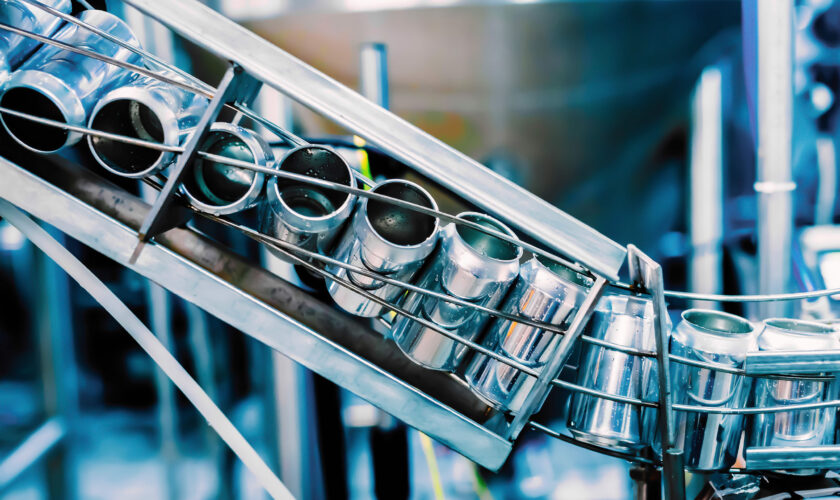Our Engineers were able to design bespoke Isoblocs, made of vertical and lateral isolators within steel housings, offering isolation in three directions. Measurements of the dynamic forces have highlighted different levels of energy applied on each foot, and Farrat have selected various grades of isolators for each Isobloc to compensate for those discrepancies. Once the performance of the newly made Isoblocs had been validated, the press was ready to be installed in the factory.
Similar vibration measurements were taken with the press operating at 200 RPM, at the manufacturer’s premises with the machine installed on the Isoblocs and the isolated foundation, and in the factory with the press simply supported by the Isoblocs. The vibration amplitudes resulting from the latter configuration are 32 % lower on the feet of the machine, and 55% lower on the surrounding floor.
Although the grounds conditions were different between the manufacturer’s premises and the factory (soil mostly made of clay and rock respectively), which might be a limitation regarding this comparison exercise, it is still very encouraging to see that the bespoke Isoblocs used alone to support the press have resulted in lower level of vibration within the machine as well as transmitted to the environment. Beyond these results, not using an isolated foundation saved 72 tonnes of concrete and 46 m2 of isolation material, greatly reducing the carbon footprint.








